The flange rating or class refers to the maximum pressure that a flange withstands at the increasing temperatures. Flanges with a higher rating are stronger than the flanges with a lower rating, which means 600# flanges can bear more pressure than 150# flanges. But it totally depends upon the temperature range.
As the temperature of the system increases the pressure withstanding capacity of flange decreases. Also, the flanges of the same rating made with different materials show the different pressure bearing performance.
In the article, we will learn how to decide the flange rating for any process piping system. But, before that let’s understand some important aspects of flange rating.
Table of Contents
Different Flange Ratings or Classes
The flange ratings are also known by class, #, lb. lbs, pressure rating, and pressure-temperature rating. All are interchangeable means all denotes the exact same concept.
Note: Rating representation (#) has been discontinued, so it is should be avoided to use.
According to the ANSI/ASME B16.5 specification, there are seven flange ratings-
- 150 lb
- 300 lb
- 400 lb
- 600 lb
- 900 lb
- 1500 lb
- 2500 lb
Note: 400 lb flanges are rarely used, it is also not easily available in the market.
Related Codes and Standards
ASME B16.5
For Piping flanges 1/2″ NPS to 24″ NPS
ASME B16.47
For flanges above 24″ NPS to 60″ NPS
AWWA C207
For flanges used in general services from 4″ NPS to 144″ NPS
Comparision Between the Two Flanges of Same Size with Different Ratings
| NPS | Flange Rating | Outer Diameter of Flange | Thickness of Flange | Numbers of Bolts |
|---|---|---|---|---|
| 4″ | 300 lb | 225 mm | 30.2 mm | 8 |
| 4″ | 900 lb | 290 mm | 44.5 mm | 8 |
From the above table, you can clearly see the differences in dimensions of both flanges, for better visualization refer the below image-
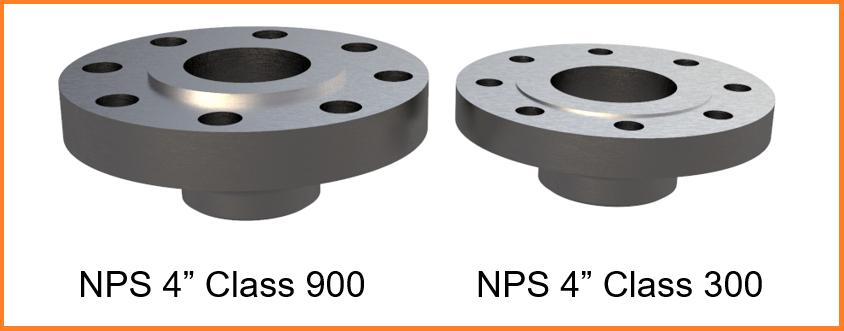
So, while the selecting the flange rating, be careful. As wrong selection of flange class may directly affect the cost of the project. The piping system may also fail during the operation, if the flange rating is below requirement. Therefore, Flange rating should not be overrated or underrated.
Inputs Required for Deciding Flange Rating
The following are required input for selection of flange rating or class-
Code – ASME B16.5 (as per the application)
Flange Material – ASTM A105 (CS forged Flange)
Design Pressure – 110 bar
Design Temperature – 260°C
Flange Rating Selection Steps
Follow the below steps to get the required flange class for the piping system-
Step 1:
Get the required inputs.
In our case, we already have inputs.
Step 2:
Now, using “Table 1A” of ASME B16.5, find out the PT (Pressure-Temperature) Table number according to the flange material (i.e; A105)

Check the pressure-temperature rating table number in front of flange material (refer fig. 2)
For this case PT rating table number is 2-2.1
Step 3:
Now, go to the PT rating table number 2-2.1 of ASME B16.5 (refer fig. 3)
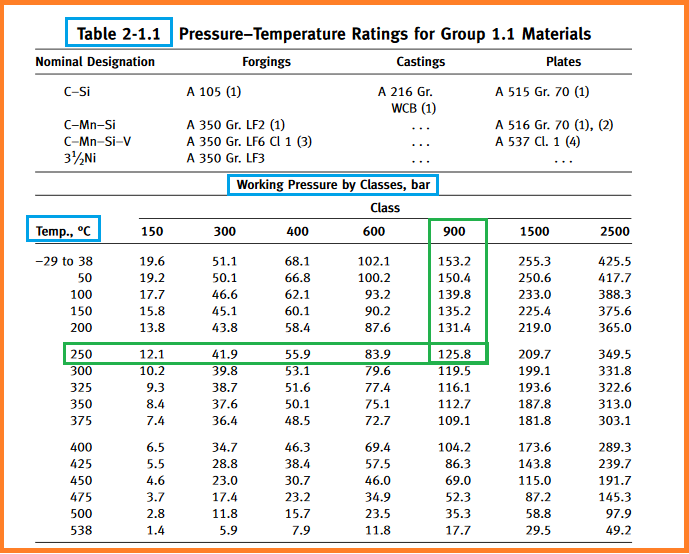
Now, as per design pressure and temperature (i.e: 110 bar & 260°C respectively), find the nearest temperature and pressure on the x & y-axis respectively.
250°C is the nearest value of design temperature and now, move in the y-direction for checking the nearest pressure.
125.8 bar is the nearest value of design pressure. Hence, the flange rating for this design condition will be 900 lb.
Note: 125.8 bar is greater than 110 bar, so we are taking 900 lb, if it would be less than 110 bar then we will have to move ahead, and as a result flange class would be 1500 lb
But, for our case the flange rating or class is 900 lb only.
You may also like
Olets Fittings: A Complete Guide
A Presentation on Pipe Insulation

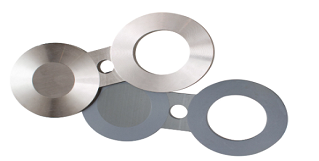
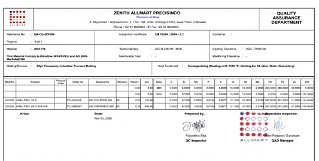
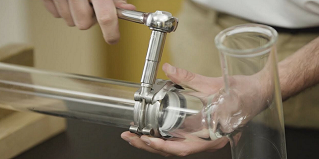
Hi, very good article. I just wanted to make a small comment regarding the 150 lb, 300 lb, etc denomination, as it’s better and clearer to refer to them as CL 150, CL 300 and so on, as people were confusing the rating with the actual design pressure of the flanges.
Hello,
Thanks for your valuable feedback.
Good
Could you please share your experience about how to decide rating when design pressure is nearly rating pressure ? For example design line pressure is 124 bar Vs. 125.8 bar for rating 900#, it should be have some safety factor or not ? due to flange rating selection shall be done before performing stress analysis ( Flange leakage checking.
Sir, Thank you so much for your valuable explanation.
I have one query,
During hydrotesting, we have observed test pressure is 1.5 X Design Pressure which coming around 165 Bar at 38 Deg C and if you check for 38 Deg C its pressure holding capacity for 900 rating is 153.2 bar. So Is it flange going to burst during hydrotest? Please clarify.